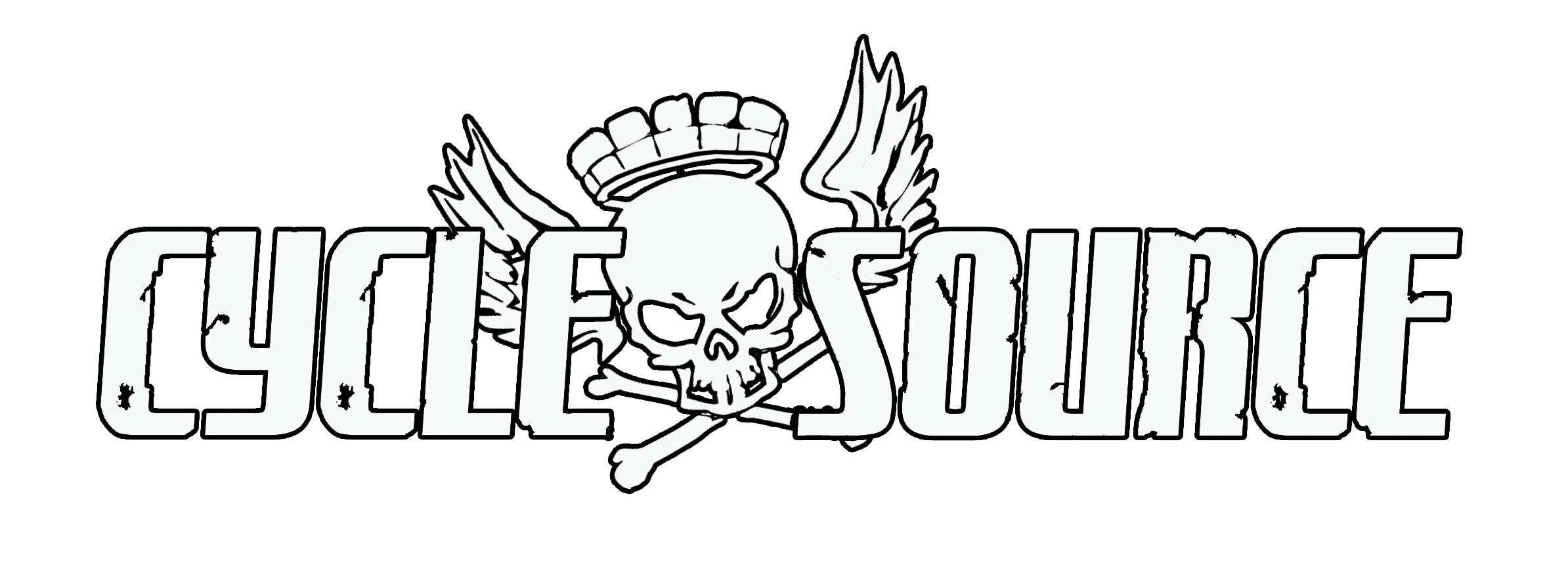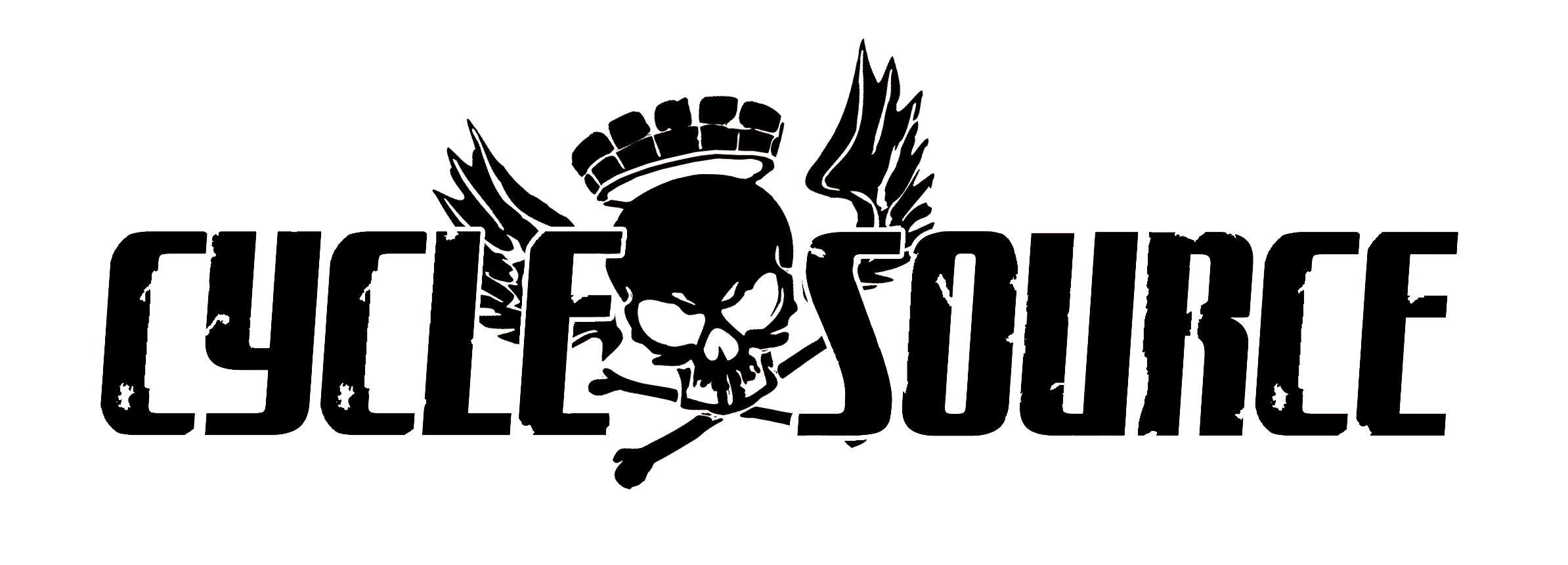To Read The Full Article, Go To www.cyclesource.com
Article By: Will Ramsey
Originally Published In The September 2018 Issue Of Cycle Source Magazine
As the Grease & Gears stage continues to travel and evolve, so does the level of presentations and fabrication techniques. With the addition of some serious audio and video equipment, as well as a hell of a staff, the Grease & Gears presentation as a whole has improved by leaps and bounds, for both the live audience and those following the live Facebook feed. Last month I flew to Laconia to join a stacked cast of presenters at The Roadhouse. My task this trip was to hardtail a stock 1977 Shovelhead frame. There is really no complicated bending or notching involved with this process. It is really just about proper set up and slugging to maintain alignment. It still holds true that the amount of effort and care of precision you devote to the task will directly reflect in the final product.

The first task is to fixture up the frame in order to maintain alignment along the primary axis and plane. We used the frame fixture constructed by Chris Callen in a previous Grease & Gears Garage segment.

Determining where to cut is critical in planning where you will slug the frame and how easy the welds will be to sand out if you intend to metal finish the tubing.

I prefer to use a sawzall to cut the frame tubing. This could also be done with a cutoff wheel or a portaband. The sawzall is simply my preference

Once the rear section of the frame is cut and removed it is time to prep the existing frame tubing and fit the slugs.

The outside edge of all four pieces of frame tubing must be beveled to allow for complete weld penetration. This is absolutely critical, especially if you intend to sand the welds out.

I have written extensively about the purpose of a slug and how it should fit. I made these slugs on the lathe at my shop prior to arriving in Laconia and the fit was excellent. In fact, I had to lightly hammer them into the frame. The fitment of a slug is very important to maintaining the alignment of the tubing. In addition, a loose fitting slug can increase the stress riser and be more problematic than helpful.

The slugs fit top and bottom and as you can see here, are accompanied by a rosette weld. I have mentioned before that I do not believe it is necessary to put multiple rosette welds on either side of the weld joint.

The symmetrically bent tubing is fitted to the frame. The tight fit of the slugs will maintain perfect alignment which makes the accuracy of the bends critical if we are to hit our mark on the axle plates.

Do not underestimate the use of your eye when aligning things up. If you are familiar with my writing, then you know that I strive for precision in everything that I do. That being said, I believe strongly in understanding the balance of the entire equation. In regard to the functionality of a motorcycle frame, it is most important that the neck and axle plates be parallel to one another and define the long axis of the frame. It is equally important that the motor mounts be perpendicular to the long axis and be positioned accordingly based on motor and transmission selection. The path of the frame tubing is up to the designer/engineer. With some frames, the rear legs will drift out to the axle plates, while others will stay in line with the long axis. This can often be decided visually. Remember, after we have engineered the functionality of the frame, what remains is the aesthetics.

Next, we will address the transmission cross bar. Cutting the stock is always our first step.

Usually, I would use the Mittler Brothers notcher to cope the cross bar. In this case I decided to show how you can make a very accurate cope using a simple flap wheel grinder

It is always important to take your time and achieve a tight fit. Any coped tubing that is poorly fitted will cause greater warpage during welding and require excessive heat to fill the sloppy gaps. Strive for perfection here and continue to raise your own standard.

Once the transmission mounts are in place we can begin welding up the frame.

I generally weld the axle plates last to avoid weld draw from the cross bars

Proper planning and critical thinking will always allow you to yield your best work. Take your time and stay precise. As always please feel free to contact me with any questions, comments or concerns. – Will
























